Market Analysis
Fiber Optic Components Market (Global, 2025)
Introduction
The Fiber Optic Components Market is poised to experience significant transformation as advancements in technology and increasing demand for high-speed data transmission continue to shape the landscape of telecommunications and networking. As industries increasingly rely on robust and efficient communication systems, fiber optic components, including cables, connectors, and transceivers, are becoming essential for supporting the growing bandwidth requirements of various applications. The proliferation of smart devices, the expansion of cloud computing, and the rise of the Internet of Things (IoT) are driving the need for reliable and high-performance fiber optic solutions. Furthermore, the ongoing investments in infrastructure development and the push for enhanced connectivity in both urban and rural areas are expected to further propel the adoption of fiber optic technologies. This market analysis will delve into the key trends, competitive dynamics, and technological innovations that are influencing the fiber optic components sector, providing a comprehensive overview of the factors that are likely to shape its future.
PESTLE Analysis
- Political
- In 2025, the government policies will play an important role in the fiber-optic components market, especially with the implementation of the Broadband Deployment Act, which allocates $ 42 billion to improve the broadband network in the United States. This will increase the demand for fiber-optic components. In addition, the tariffs on the import of electronic components will have a significant impact on the supply chain, especially China and the United States, which will affect the price and supply of fiber-optic components.
- Economic
- In 2025, the economy will be undergoing a general rise in the expenditure of telecommunications, an expenditure estimated at $ 15,000,000,000, which will be spent on the digital transformation of the world. This will lead to a greater demand for optical fibre components, which will be used in the telecommunications networks of companies and governments, which will be extended to support higher speed data transmission. In addition, the unemployment rate in the technological sector is expected to stabilize at 3.5%, a rate of unemployment that will be conducive to the development of innovation and optical fibre technology.
- Social
- As of 2025, the increasing use of high-speed Internet for teleworking and e-learning is expected to increase demand for optical fiber components. Surveys show that about 70% of households in urban areas are willing to pay more for high-speed Internet, which is often provided by optical fibers. The societal trend towards digitalization is expected to change consumer behavior, and more and more households and companies will accept and use optical fiber solutions.
- Technological
- The development of the fibre-optic components will be accelerated in 2025, and the average speed of data transmission over fibre-optic networks is expected to be as much as 1 terabit per second. Advances such as photonic integrated circuits and new fibre materials will help to reduce costs. Artificial intelligence will be used in the management of the network, improving its efficiency and availability, and further encouraging the use of fibre-optic technology.
- Legal
- In 2025, the legal framework of the telecommunications sector will probably change with new regulations on data privacy and security, which will affect the fiber-optic components market. In Europe, the introduction of the so-called 'digital service' law will lead to stricter data protection regulations, which will affect both manufacturers and service providers in the fiber-optic sector. In order to meet these new legal requirements, companies may have to invest in compliance measures, which may increase operating costs by an estimated 15 percent.
- Environmental
- The fibre-optics market is becoming increasingly aware of the importance of the environment and of the need for sustainable manufacturing. By 2025, it is estimated that about a third of fibre-optics manufacturers will be using sustainable production methods, such as using recycled materials and reducing their carbon emissions. The worldwide drive to reduce the amount of electronic waste is also leading companies to develop more sustainable end-of-life solutions for their fibre-optic products, which is in line with the circular economy principles that are gaining momentum in the industry.
Porter's Five Forces
- Threat of New Entrants
- The fiber optic components market in 2025 has a moderate level of market share. The initial investment in technology and production is considerable, but technological progress and the availability of outsources will reduce these barriers. New entrants are challenged by established players with strong brand names and distribution networks.
- Bargaining Power of Suppliers
- Suppliers in the fiber-optic components market have little bargaining power because of the many sources for raw materials and components. The suppliers are not able to significantly influence the price of components. Also, as a result of technological improvements, more suppliers have entered the market, thereby reducing the power of the suppliers even further.
- Bargaining Power of Buyers
- High—The buyers in the optical fiber components market have great bargaining power, since they are often large telecommunications companies or data centers that buy in bulk. They are able to demand high quality and bargain for the lowest prices, which puts pressure on the suppliers. Also, the availability of alternative suppliers increases the bargaining power of the buyers.
- Threat of Substitutes
- The threat of substitution in the fiber optics components market is moderate. In spite of the superior performance of fiber optics in terms of speed and bandwidth, there are still alternative methods such as copper cables and wireless technology that can achieve similar results. The growing demand for high-speed Internet and data transmission will, however, keep fiber optics in the lead for many applications.
- Competitive Rivalry
- Competition in the market for fiber optics components is intense, with many companies vying for market share. The rapid technological advances and the need for innovation require companies to differentiate their products. Competition is also fierce for large orders from telecommunications operators.
SWOT Analysis
Strengths
- High data transmission speeds and bandwidth capabilities.
- Increased demand for high-speed internet and telecommunications.
- Durability and resistance to electromagnetic interference.
- Growing adoption in various industries including healthcare, automotive, and IT.
Weaknesses
- High initial installation and material costs.
- Complex installation processes requiring specialized skills.
- Limited awareness and understanding among end-users.
- Vulnerability to physical damage if not properly installed.
Opportunities
- Expansion of 5G networks driving demand for fiber optic components.
- Emerging markets with increasing internet penetration.
- Technological advancements leading to cost reductions.
- Growing trend towards smart cities and IoT applications.
Threats
- Intense competition from alternative technologies like copper and wireless solutions.
- Economic downturns affecting capital expenditure in infrastructure.
- Rapid technological changes leading to obsolescence.
- Regulatory challenges and trade restrictions in global markets.
Summary
The fibre-optic components market in 2025 is expected to be characterized by strong demand, owing to the need for high-speed data transmission and the expansion of 5G networks. The market will be characterized by strengths such as sturdiness and high performance, and by weaknesses such as high installation costs and competition from alternative technologies. Opportunities for growth will come from the expansion of emerging markets and technological development. Threats to market stability will come from the economic situation and the regulatory environment.

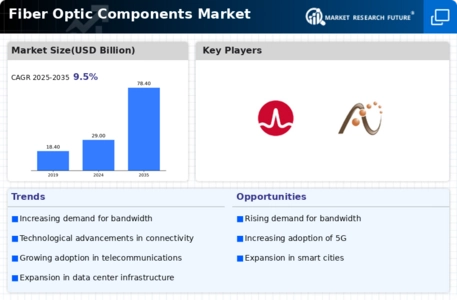


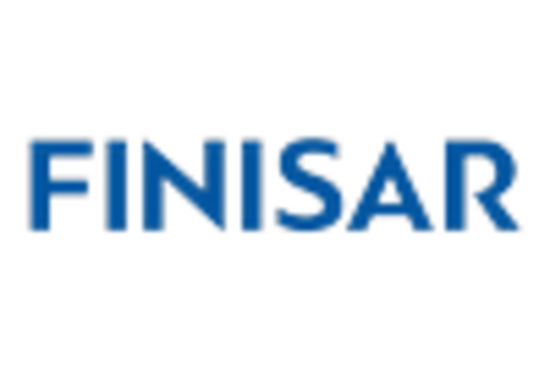
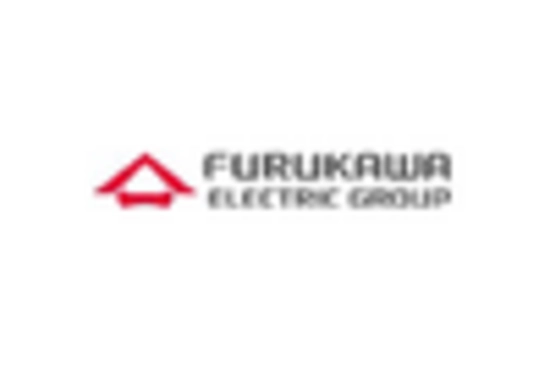
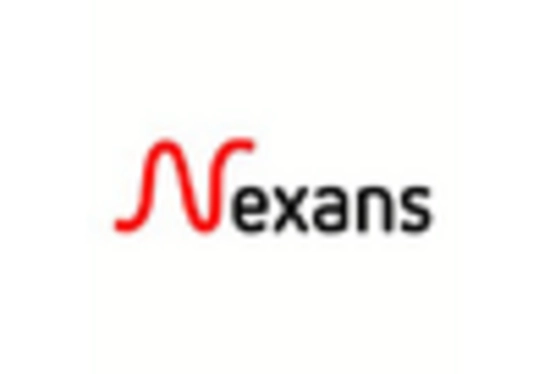
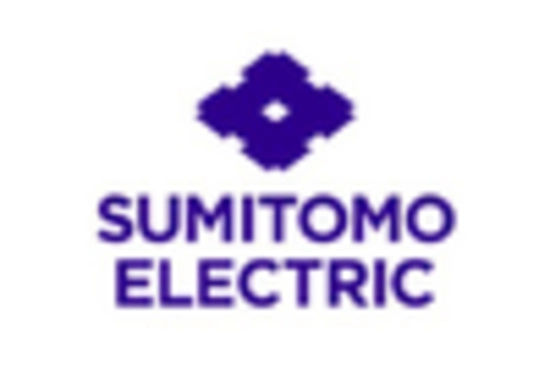

Leave a Comment